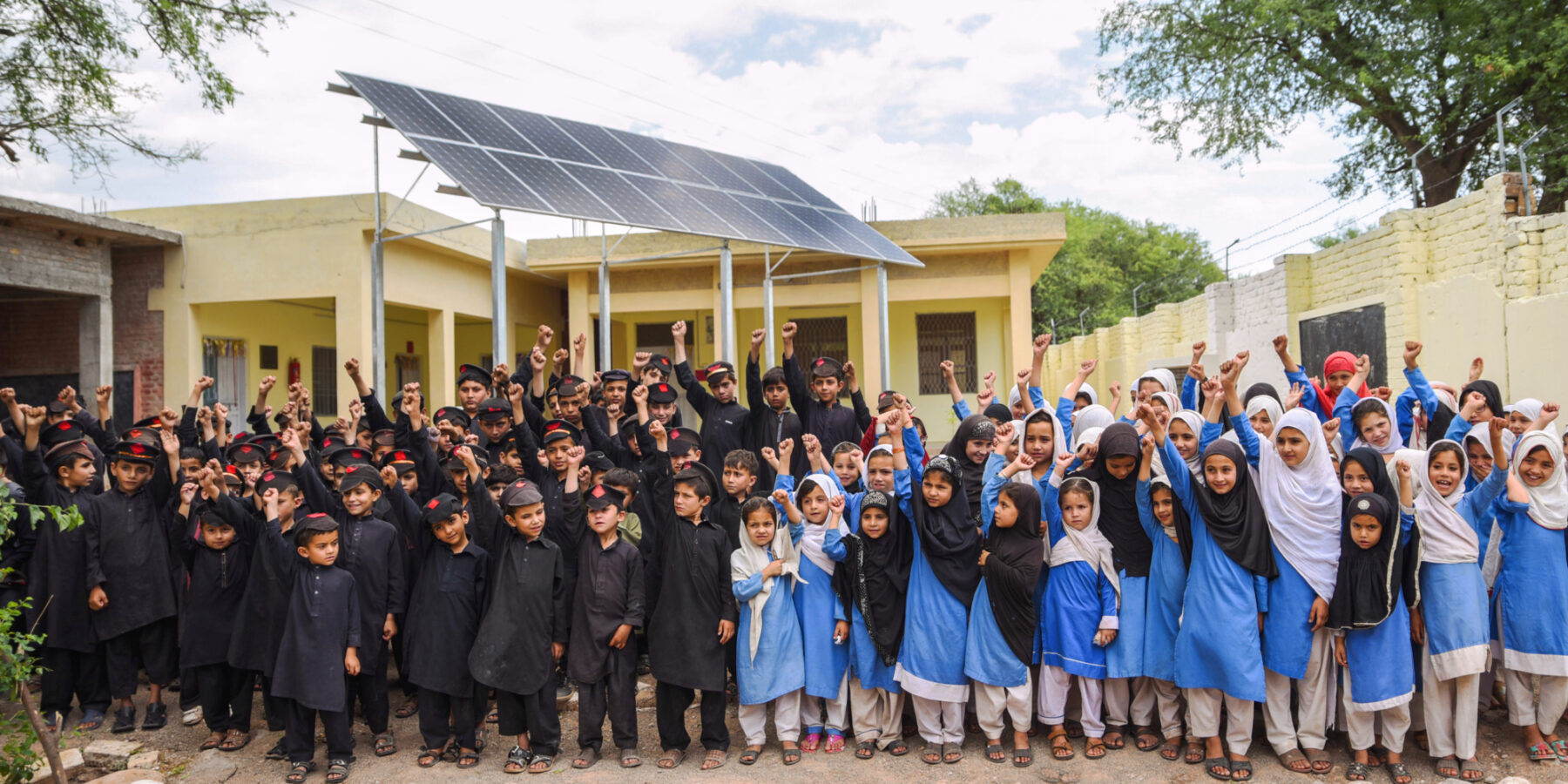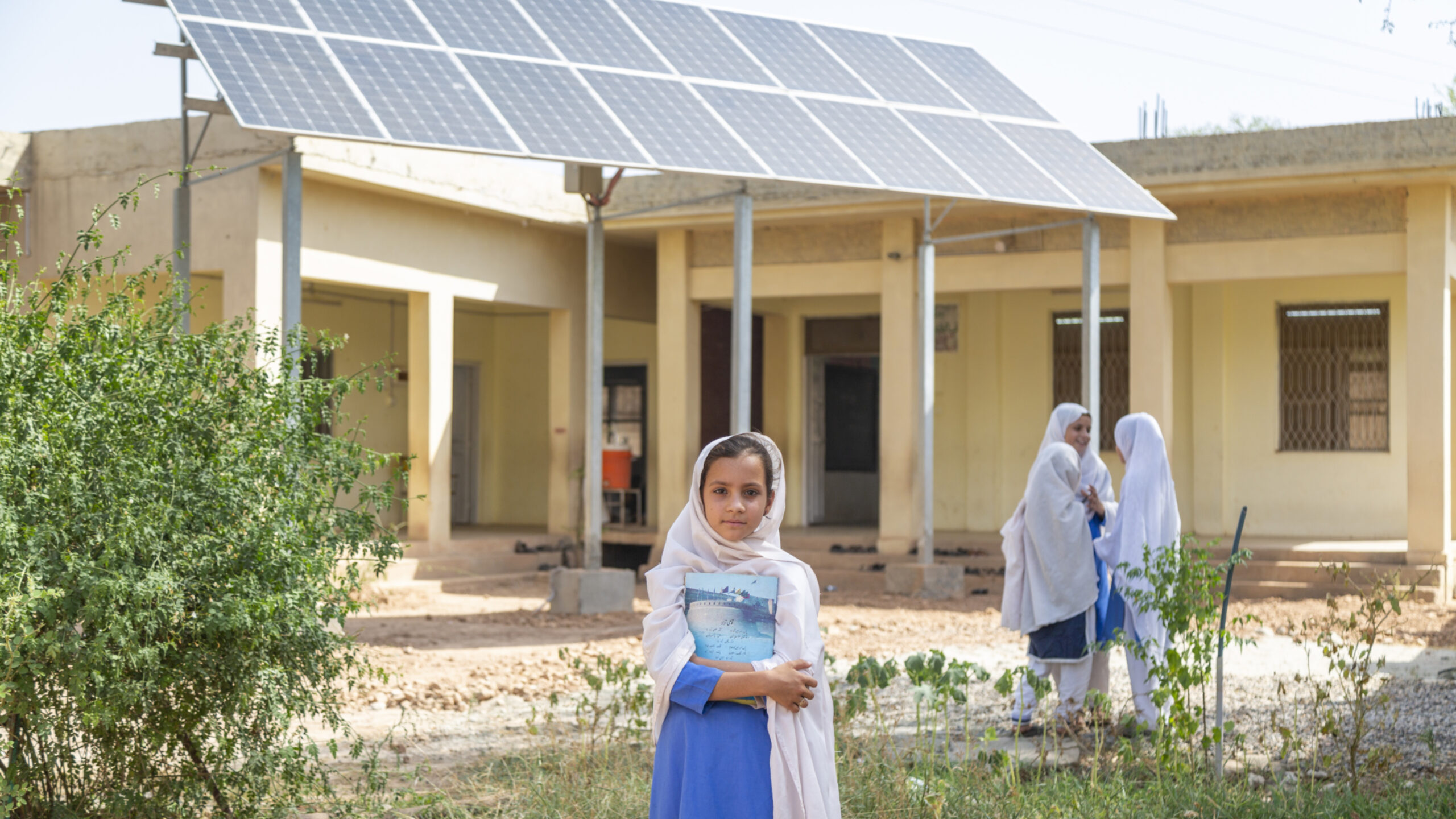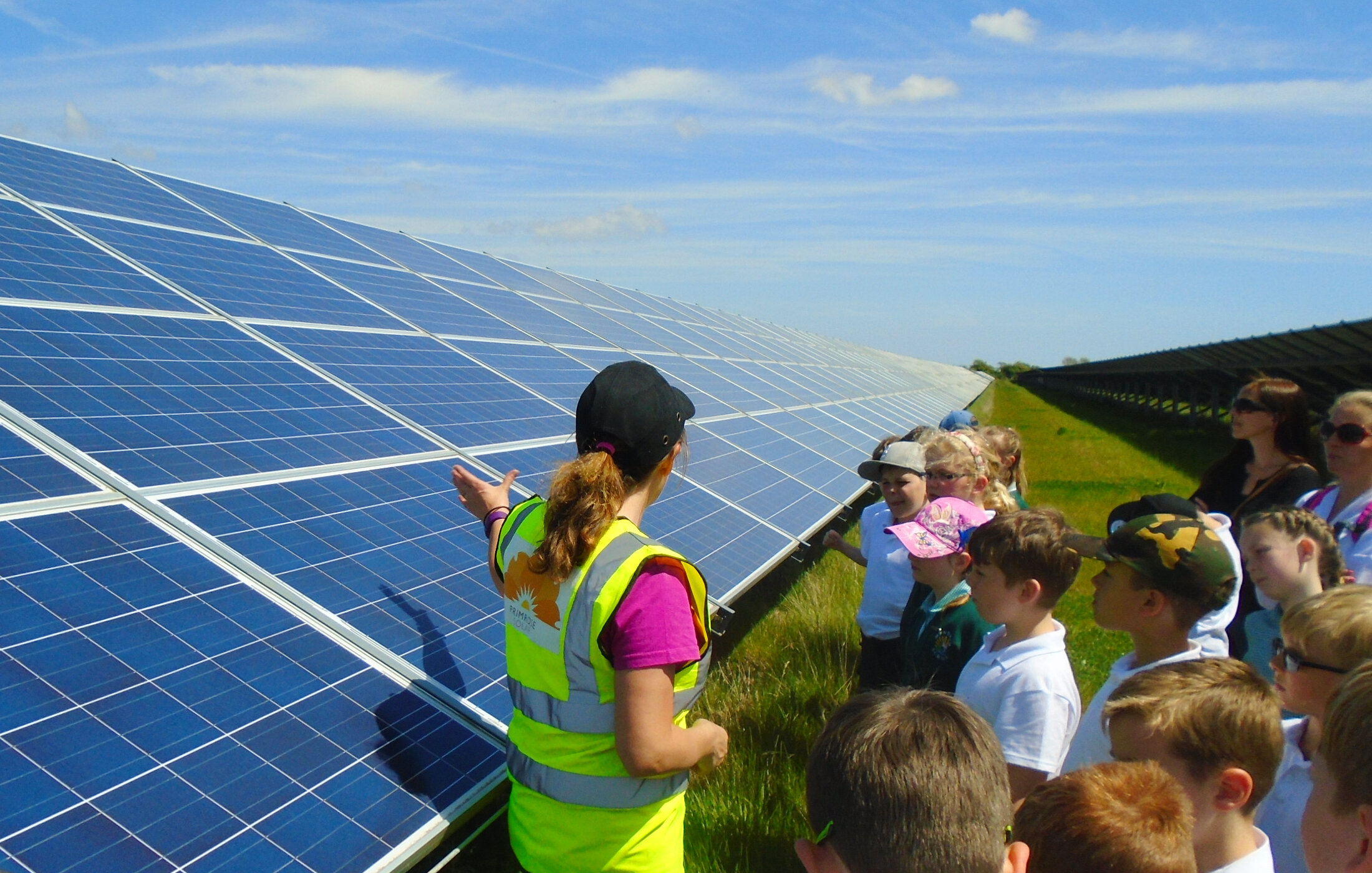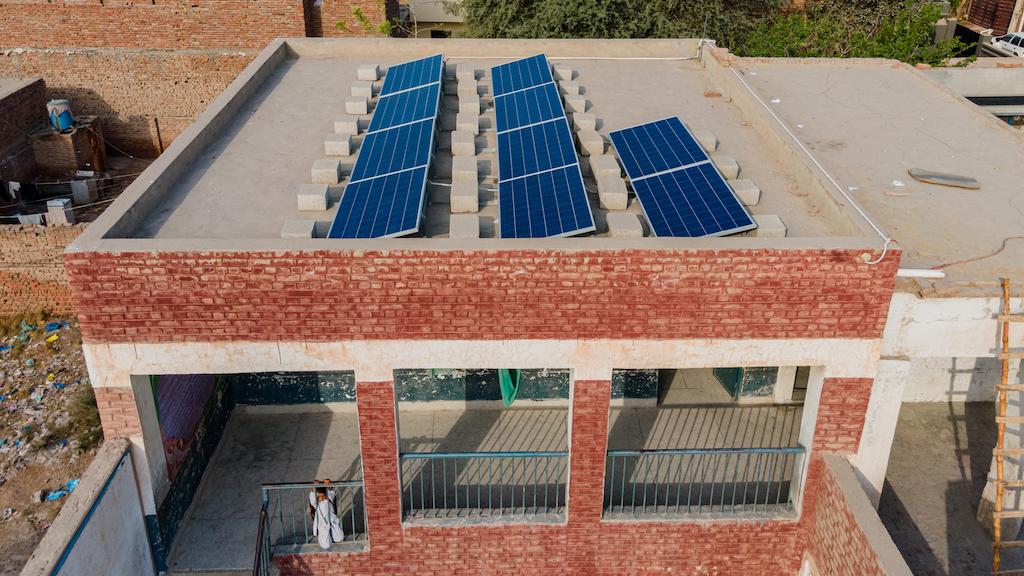
Introduction
Solar energy has become a crucial topic in educational institutions due to its numerous benefits. It goes beyond financial savings as schools and universities shift towards renewable energy sources. Incorporating solar energy into their infrastructure allows educational institutions to reduce their carbon footprint and provide valuable educational opportunities for students to learn about renewable energy.
Historical Background
The usage of solar energy in educational institutions dates back several decades. Initially, solar panels were primarily used to power small devices and experimental setups. However, with advancements in technology and increased awareness about environmental sustainability, solar energy has become more prominent in schools and universities. Notable milestones include the development of more efficient photovoltaic systems and the implementation of net metering, which allows educational institutions to feed excess energy back into the grid.
Key Concepts and Definitions
To have a comprehensive understanding of solar energy, it is important to grasp its key concepts and definitions. Solar energy refers to the radiant light and heat emitted by the sun, which can be harnessed through various technologies. Photovoltaic systems, commonly known as solar panels, convert sunlight into electricity using semiconductor materials. Net metering is a billing arrangement that allows surplus energy generated by a solar system to be sent back to the grid, offsetting the energy consumption of educational institutions. It is also crucial to differentiate between on-grid and off-grid solar systems. On-grid systems are connected to the utility grid, enabling schools to rely on the grid during times of low solar production, while off-grid systems operate independently, using energy storage systems to meet the institution’s energy needs.

Main Discussion Points
The advantages of solar energy in educational institutions
Solar energy offers a multitude of advantages for educational institutions. Firstly, it provides reduced energy costs and significant financial savings, allowing schools to allocate funds towards other educational endeavors. Moreover, solar energy promotes environmental sustainability by reducing carbon emissions and minimizing the institution’s overall carbon footprint. This tangible commitment to sustainable practices sets a positive example for students and the wider community. Lastly, solar energy creates invaluable educational opportunities, enabling students to witness firsthand the power and potential of renewable energy sources.
Implementation strategies for solar energy in educational institutions
Implementing solar energy in educational institutions requires careful planning and consideration of several factors. Firstly, assessing energy needs and determining the potential solar capacity is crucial to effectively design a solar system that meets the institution’s requirements. Secondly, exploring financing options and incentives for solar installations is key to making the transition financially viable. Educational institutions can avail themselves of grants, loans, and solar power purchase agreements to offset initial costs. Additionally, integrating solar education into the curriculum allows students to engage with solar energy through various subjects, fostering a deeper understanding of renewable energy concepts. Lastly, proper maintenance and monitoring of solar systems ensure optimal performance and longevity.

Case studies and examples
Numerous educational institutions have successfully implemented solar energy systems, showcasing the tangible benefits. For instance, the Sunshine School in California reduced its annual electricity costs by 80% after installing solar panels. By embracing solar energy, schools like the Sunshine School are not only saving money but also reducing their environmental impact. Another compelling example is the University of California, Irvine, which installed one of the largest solar parking canopy systems. This installation not only generates renewable energy but also provides shaded parking spaces for students and faculty.
Current Trends or Developments
The solar energy sector is constantly evolving, with new technologies and initiatives emerging to enhance its applicability in educational institutions. Recent advancements in solar energy technology have focused on increasing the efficiency of solar panels and exploring innovative designs such as transparent solar cells. These advancements pave the way for more aesthetically pleasing and efficient solar installations. Furthermore, innovative programs and initiatives, such as solar-powered learning labs and solar-powered charging stations, are being implemented in schools to make solar energy more accessible to students and staff. Research findings consistently highlight the positive impact of solar energy on educational institutions, including enhanced student engagement and improved educational outcomes.
Challenges or Controversies
Implementing solar energy in educational institutions is not without its challenges. Common obstacles include the initial cost of installation, limited available space for solar panels, and potential resistance or differing viewpoints from stakeholders. Financial constraints often pose a significant barrier, requiring educational institutions to seek funding from various sources. Additionally, limited rooftop space or shaded areas can hinder the installation of solar panels, necessitating creative solutions such as ground-mounted systems. Furthermore, differing opinions on the adoption of solar energy may arise due to concerns regarding the visual impact of solar panels or potential disruptions during installation.

Future Outlook
The future of solar energy in educational institutions appears promising, with significant potential for growth and innovation. As solar technology continues to advance, the efficiency and affordability of solar panels are expected to improve further. Emerging trends, such as solar-powered battery storage systems, smart grids, and energy management systems, are likely to play a crucial role in shaping the future of solar energy in education. Additionally, the integration of solar energy into larger educational initiatives, such as sustainable campuses, will contribute to a more comprehensive and holistic approach towards renewable energy adoption.
Conclusion
Solar energy holds immense potential for educational institutions, enabling them to reduce energy costs, lower their environmental impact, and provide valuable educational opportunities. By embracing solar power, schools and universities can lead by example, inspiring students to become advocates for renewable energy. The implementation of solar energy requires careful planning, financing, and integration into the curriculum, but the benefits outweigh the challenges. Moving forward, continued research and exploration of solar energy in educational institutions will drive sustainable change within the education sector.
References
- Smith, J. (2020). Solar Power for Schools: Benefits, Challenges, and Implementation. Journal of Renewable Energy Education, 15(2), 73-88.
- Johnson, L. (2018). Solar Energy in Educational Institutions: A Comprehensive Guide. New York, NY: Academic Press.
- Solar Energy Industries Association. (2021). Solar for Schools and Educational Institutions. Retrieved from https://www.seia.org/initiatives/solar-schools-educational-institutions




